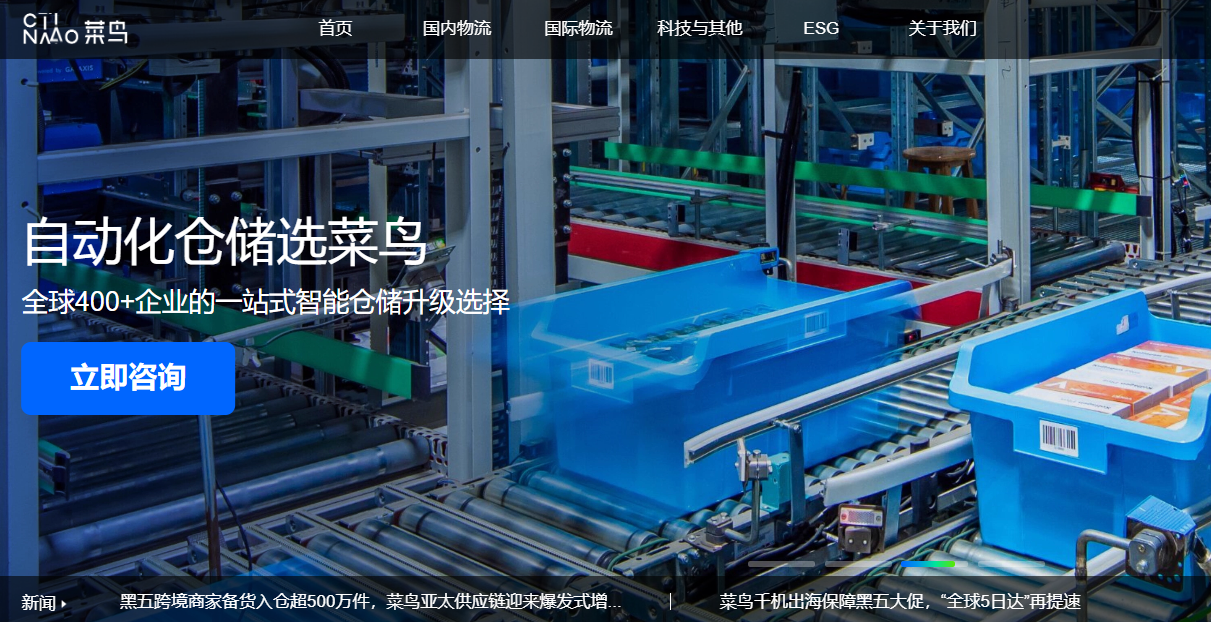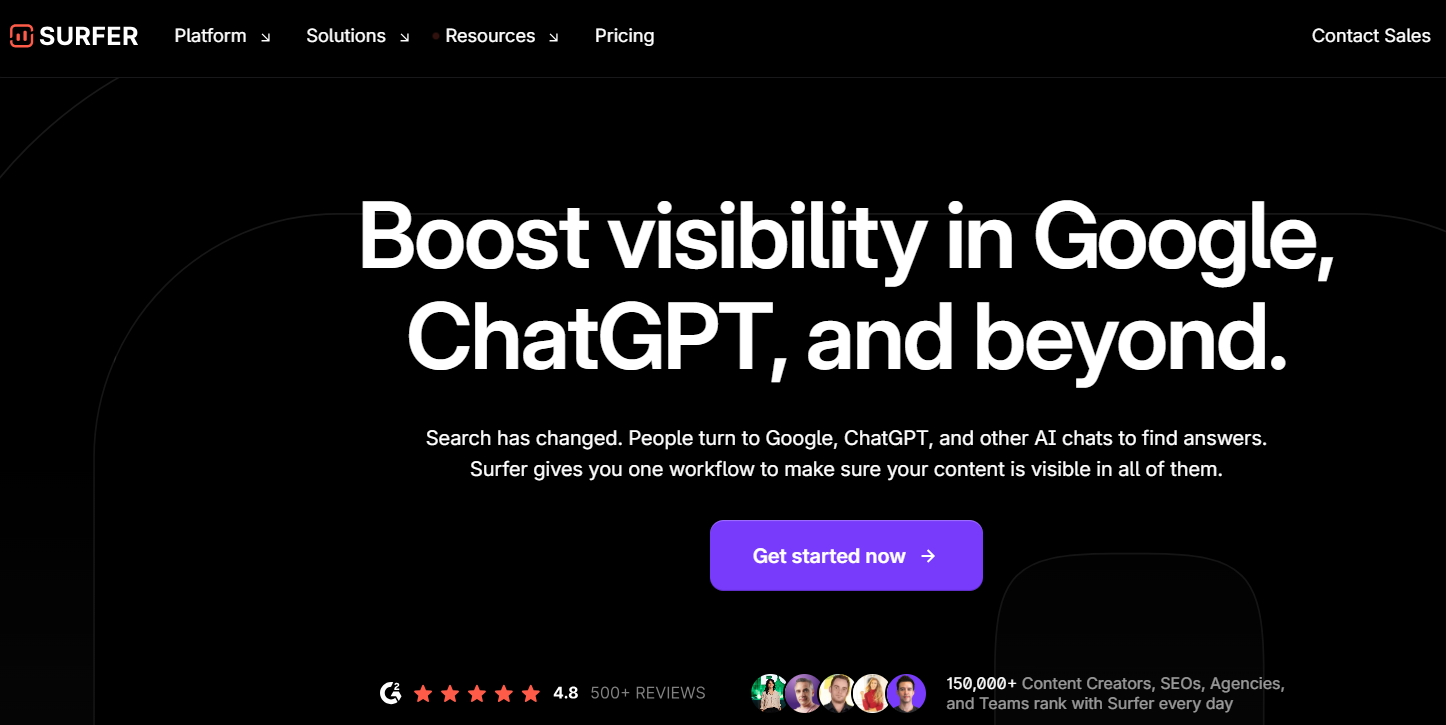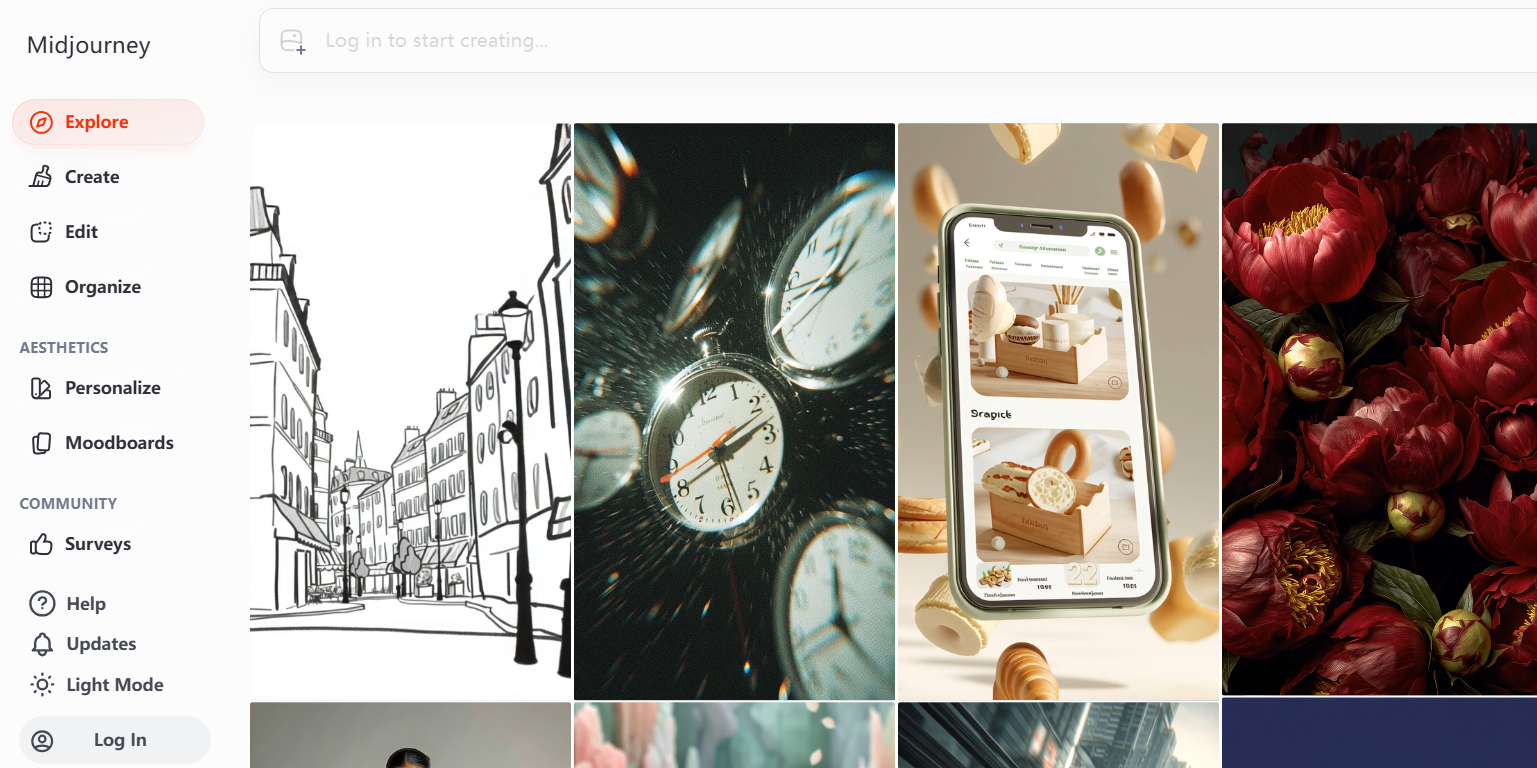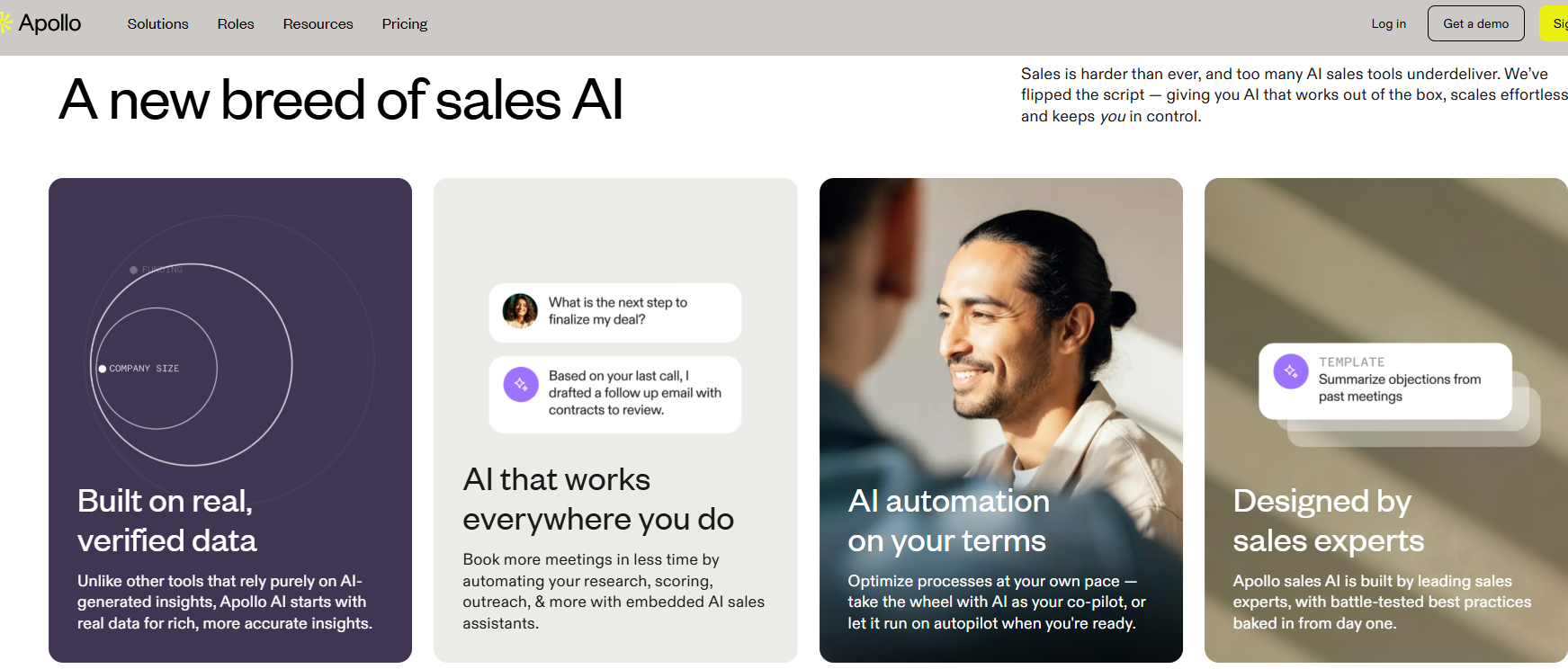
I'm a salesperson in the foreign trade industry with 10 years of experience. Over the past two years, I've implemented AI in all my common processes—from website building, copywriting, and customer service to supply chain forecasting, visual design, and advertising materials—the entire process has been accelerated by AI. Below is a list of the 10 AI tools/platforms that I and my colleagues used most frequently in 2025. For each one, I will explain its core function, practical usage methods, suitable scenarios, points to note, and actual ROI tips. Related reading: Must-read for foreign trade professionals | 50 most practical foreign trade tools in 2025, improving efficiency by more than 10 times!
I've organized each section into: Purpose / How I Use It / Quick Start Steps / Costs and Precautions / How to Measure ROI , making it easy to replicate and implement.
Applications : Automatically generate and deploy multilingual websites within tens of minutes, including product information, English copywriting, SEO, basic CRM, and online customer service; emphasizes templates and industry terminology optimized for foreign trade B2B.
How I use it : Enter your company name, main products, and target markets (e.g., Germany, Brazil, India) into the platform, select an industry template → AI automatically generates the homepage, category pages, product pages, and SEO metadata → Manually proofread and integrate with Google Analytics/Search Console and CRM.
Getting Started (3 Steps) : Register → Fill in information and upload 3-5 product images → Select language and target market → Generate → Connect domain name and enable 301/SSL.
Cost/Notes : It can save the cost of outsourcing copywriting and design; however, the template content needs to be manually localized, as buyers in some countries prefer detailed localized wording (localization check is required).
How to measure ROI : Compare organic traffic, number of inquiries, and conversion rate in the first 30 days and the 30/90 days after launch; if a single investment can bring new inquiries and improve inquiry conversion within 3 months → ROI is usually positive.

Applications : Batch generation of product titles, bullet points, product detail pages, advertising copy, and follow-up emails, supporting multiple languages and styles (short promotional texts, long technical descriptions, etc.).
How I use it : Paste the product's key parameters (material, specifications, selling points), target keywords, and target tone (professional/friendly/hard-sell) into the template → Generate 3–5 versions → Run ads or emails in A/B testing and select the best-performing version.
Getting started : Select a template (e.g., Amazon Five Points/Landing Page) → Fill in the selling points → Generate → Localization verification → Go live.
Cost/Notes : Fast generation speed, but pay attention to terminology and regulations (such as compliant expressions for medical/electrical products); machine generation requires QA.
How to measure ROI : Use A/B testing to measure CTR, PV-to-Cart, inquiry response rate, and conversion rate before and after. Good copywriting changes can usually increase click-through rate by 20%+ and conversion rate by 10-30%.

Applications : Multi-platform message aggregation (Lazada, Shopee, TikTok, in-app messages) + AI real-time translation + automatic reply rules + knowledge base self-learning, capable of replacing a large amount of repetitive reply work during peak periods.
How I use it : Integrate your store/email/FB/WhatsApp into the platform → Set up auto-response and high-frequency Q&A → Allow AI to automatically reply to non-high-value questions, while human staff handle high-value conversations.
Getting started : Connect to the channel → Import historical dialogue training knowledge base → Configure trigger rules → Enable real-time translation and human assistance.
Costs/Points to Note : Saves on manpower but requires transferring "sensitive/high-value/returned items" to human processing; regularly checks for AI mistranslations/tone issues.
ROI Measurement : Monitor Average Response Time (ART), First Response Rate (FRT), Customer Satisfaction (CSAT), and human hours. In real-world case studies, such systems can reduce customer service costs by 40–60% and guarantee sub-second response times during peak periods.

Applications : Sales forecasting, safety stock (SS) calculation, route optimization, and delivery scheduling (enterprise level). Suitable for teams that need to ship across warehouses and countries to reduce stockouts or overstock.
How I use it : Integrate historical orders and inbound/outbound data into the system → Run the predictive model → The system provides replenishment suggestions and delivery priorities → Adjust procurement and inventory preparation based on the suggestions.
Getting started : Data access → Select prediction model and confidence interval → Review recommendations → Execute procurement/allocation strategy.
Important note : High-quality data determines the accuracy of predictions; if the data is incomplete, spend time cleaning the data first.
ROI Measurement : Focus on out-of-stock rate, days of inventory turnover (DIO), warehousing costs, and changes in order volume lost due to out-of-stock situations. Enterprise-level case studies show that supply chain intelligence can significantly reduce inventory costs and improve order fulfillment rates.

Applications : High-quality text and document translation (contracts, technical specifications, quotations), supports API embedding into CRM/work order systems, and enables automatic translation of emails and chat logs.
How I use it : I put key templates (quotations, contract terms, common emails) into a glossary, call the API for batch translation, and then manually review the key paragraphs.
Getting started : Register a business account → Set up glossaries → API integration or use the UI to translate documentation → Export/send.
Important note : Terminology management is very important (ensuring consistency in terms such as "packaging/outer box/carton").
ROI Measurement : Reduce outsourced translation costs, speed up response times (reduced email response time), and decrease the probability of business disputes caused by translation errors.

Purpose : Automatically generate a complete, marketable store (including images, copy, and basic SEO configuration) from keyword/category input, making it ideal for market validation or short-term event sites.
How I use it : To test new products: First, use AI to quickly launch the store and run paid traffic for 1-2 weeks, observe the conversion and ROI, and then decide whether to move the store to the main site.
Getting started : Create a store → Enter keywords and sample images → Adjust product listings → Start traffic testing.
Points to note : Platform-generated content must be optimized, and the platform's commission/fee structure must be calculated in advance.
ROI Measurement : The criterion is the number of days to pay for the advertising investment (ROAS); if the ROAS is achieved within 7–14 days (e.g., >2), consider scaling up the investment or relocating.

Purpose : Provides real-time content scores, suggested keywords, and page structure during the writing process to help foreign trade websites increase organic traffic.
How I use it : When writing product/industry articles on AB Guest or WordPress, I synchronize my Surfer score, complete the suggested keywords and H tags as prompted, and track the ranking after publication.
Getting started : Turn on the Surfer plugin while writing the article → Follow the keyword density and title structure optimization → Publish and monitor.
ROI Measurement : Compare organic traffic and target keyword rankings within 30/90 days before and after optimization. An increase in ROI brings long-term, low-cost traffic.

Applications : Quickly generate high-quality visual content: product scene images, banners, site homepage banners, social media thumbnails, and even short video material drafts.
How I use it : Send the product image and scenario requirements ("industrial style, German buyer preference, durable") to Midjourney → Generate 6~8 styles → Select 1 style, fine-tune it in Photoshop, and then put it on the website or as an advertisement.
Getting started : Prepare a prompt (including style, purpose, and resolution) → Generate → Select an image → Fine-tune → Go live.
Points to note : Copyright and compliance issues (some companies or materials may raise disputes regarding AI-generated images), and be careful not to directly imitate the protected image of a brand.
ROI Measurement : A/B testing is used to assess the impact of different visuals on ad CTR, landing page bounce rate, and conversion rate; visuals that better align with the target market's aesthetic can typically increase CTR by 15–40%.

Purpose : To automate the writing -> review -> localization -> publishing process, and support style and company tone templates (suitable for companies with high content output).
How I use it : Create company templates (email templates, quotation templates, blog frameworks), employees directly apply them in the tool to generate the first draft → editing and approval → publishing.
ROI Measurement : Reduce content production costs and delivery cycles, increase monthly output, and achieve "more than double the output of the same number of people".

Applications : Automation for customer acquisition and follow-up in foreign trade: Automatically identify the target audience, send personalized emails on a scheduled basis, track open and click transactions, and automatically trigger the next action.
How I use it : Combine WordKit/Jasper to generate multiple versions of email copy → Import target customer table (platform or self-built) → Set out outreach sequence and trigger rules → AI intelligently determines whether to proceed to the human intervention stage based on the response content.
ROI Measurement : Track response rate, appointment rate, and final sales; the typical goal is to increase the response rate from 1–2% to 4–8%.

Below is a replicable process (practical version) for integrating the above tools into a small team, illustrating "how to connect AI into a pipeline" and providing KPI measurement methods.
2 sales staff (customer relations + order processing)
1 content/copywriter (responsible for site and advertising)
1 customer service representative (focus on major clients and after-sales service)
1 operations manager (responsible for advertising/SEO/data)
1 logistics/purchasing staff member (following up the supply chain and shipping)
Website building and SEO: AB Guest (fast multilingual website) + Surfer (page optimization).
Copywriting and Listing: WordKit / Jasper (batch copywriting and A/B testing).
Customer Service: Duoke (Automatic frontline replies and real-time translation).
Visual source material: Midjourney (image) + simple post-processing.
Supply chain: Cainiao/Alibaba Smart Forecasting (replenishment/shipping priority).
New product launch : Generate page using AB Guest → Optimize with Surfer → Generate multilingual descriptions using WordKit → Create cover image with Midjourney → Go live (a new product page can be completed within 1 day).
Marketing campaign : Conduct A/B testing on Facebook/Google using 3 different copy and 3 different visuals (supported by Jasper/WordKit + Midjourney), and input the data into the operations dashboard.
Order taking and customer service : Multi-customer service intercepts the vast majority of FAQs and shipping inquiries, while human staff only handle business opportunities/large inquiries.
Supply chain and inventory preparation : Cainiao AI provides replenishment suggestions and transportation priorities for the next 30/60/90 days, and logistics are allocated according to the suggestions to avoid stockouts or excessive backlog.
Time for efficiency : AI compresses repetitive tasks such as copywriting, new product launches, frontline customer service, and material generation into extremely short cycles; the "output" of 6 people is equal to the output of 30-40 people in the past (depending on the complexity of the industry and product).
Cost/Profit : Reduced labor costs and faster product launches directly lead to more exposure and sales opportunities. Measured by KPIs: Monthly new SKUs, average monthly inquiries, average monthly sales, and number of inquiries processed per employee.
Data support : Teams using the tools above can generally reduce "repetitive manual hours" by 60-80% and reduce the "conversion optimization cycle" from monthly to weekly or even daily, thereby accelerating revenue growth.
Week 1 : Select 3 core tools (website building, customer service, copywriting) and complete account setup and basic configuration. Recommended combination: AB Guest + Duoke + WordKit.
Week 2 : Template the existing 10 main products (copy, images, specifications), upload them to the website in batches, and optimize them using Surfer.
Week 3 : Run small-scale A/B testing for advertising (3x3 copywriting x visuals), use multi-customer service to handle inquiries, and calculate CTR/inquiry cost.
Week 4 : Integrate historical supply chain data into the forecasting model (Cainiao or a third party) and adjust replenishment strategies to ensure that best-selling items are not out of stock.
.png?x-oss-process=image/resize,h_100,m_lfit/format,webp)
.png?x-oss-process=image/resize,h_100,m_lfit/format,webp)

.png?x-oss-process=image/resize,h_100,m_lfit/format,webp)
.png?x-oss-process=image/resize,h_100,m_lfit/format,webp)
.png?x-oss-process=image/resize,h_100,m_lfit/format,webp)
.png?x-oss-process=image/resize,h_100,m_lfit/format,webp)
